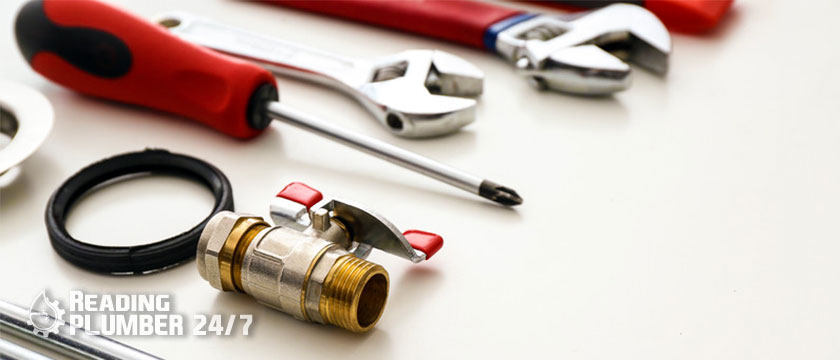
19 Jan. 22
What to Do When Your Dishwasher Does Not Drain
Though there are a variety of reasons why a dishwasher won’t drain, the problem is frequently resolved with a few simple troubleshooting steps. Learn what to do if your dishwasher won’t drain and how to keep it draining properly in the future.
Turn off the power to the dishwasher before troubleshooting it by pulling out the fuse or switching off the circuit breaker in your home’s main power panel.
Table of Contents
1. Look for a clog.
Check that nothing is blocking the sump (located near the back of the dishwasher) or the bottom of the tub. If you discover more than two to three cups of standing water, use a small container to remove as much as possible. You can unclog a dishwasher by looking for and removing food particles, paper, and other debris.
It’s normal for some dishwashers to leave a small amount of water at the bottom of the tub after a full cycle. Check your owner’s manual to see if this is normal.
2. Clean the filter of debris.
The filter can be found at the bottom of the dishwasher. It should be placed around the lower spray arm’s base or at the back of the tub. Despite the fact that most dishwashers have built-in grinders that process food particles and paper, debris can still clog the filter. Remove any debris you find.
3. Examine the drain hose
The drain hose is a corrugated structure that is located directly beneath the sink, between the drain pump and the drain line. If the drain hose has any kinks, gently straighten them out.
To clear blockages in the drain hose, you may need to remove it from its current position. Unscrew the clamps that connect the drain hose to the disposal. If the hose is clogged, blow through one end to remove the debris.
4. Examine the garbage disposal
Check to see if the kitchen sink drain is clogged. Remove the drain plug (a small plastic insert) from your garbage disposal and run it to ensure that the dishwasher drain isn’t clogged. Never put your hands down the garbage disposal—this can result in serious injury.
5. Remove the air gap
The small chrome cylinder on the back edge of the kitchen sink is the air gap. Check to see if water comes out of the air gap when you run the dishwasher. If this is the case, a blockage exists between the air gap and the garbage disposer. Remove the air gap cap and clean the inside of the air gap with a baking soda and water mixture to clear the blockage.
6. Make certain that the dishwasher door latch is closed.
Your dishwasher will not drain completely if the door is left unlatched. Close the dishwasher door and run a full cycle to see if it drains. If you’re having trouble latching the door, you might need to replace the latch.
7. Examine the drain valve
During the wash cycle, a drain valve opens the solenoid (an electromagnet found in dishwashers) and allows water to drain. To test the valve, gently push on the valve bracket to ensure that it moves freely. Not all dishwashers have a drain valve, but if yours does and it appears to be frozen in place, you may need to replace the drain valve.
8. Run the motor test
Make sure the dishwasher is plugged in and receiving power before testing the motor. Switch on the dishwasher and listen for a humming sound. If you hear a hum, it means that the motor is receiving power but is not turning. If this is the case, you’ll need to replace the motor.
Is your dishwasher still broken?
If your dishwasher still won’t drain after you’ve gone through the troubleshooting steps, call in a professional to inspect the system. Newer dishwashers may still be covered by the manufacturer’s limited warranty. If that period has passed but your dishwasher is still covered by a home warranty, your provider will dispatch a trained service technician to assess the situation. In addition to a low monthly premium, you will only be charged a service fee for the visit. You can also check our boiler service reading.


